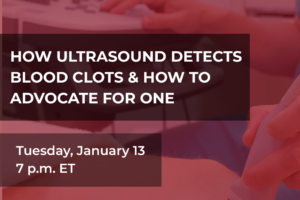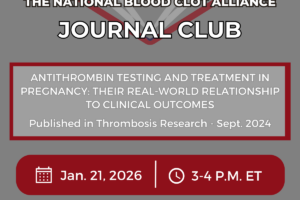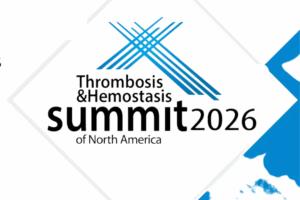Symptoms like pain, swelling, tenderness, and redness of the skin can be associated with deep vein thrombosis (DVT), a blood clot in a deep vein, usually in the leg, thigh, pelvis, or arm.1,2 Symptoms of pulmonary embolism (PE) include difficulty breathing, chest pain or discomfort, and fast or irregular heartbeat. 1,3 A PE is a blood clot in the lungs that can be caused by DVT, and can reduce or cut off blood supply.1,2,3 Unfortunately, symptoms of DVT are sometimes ignored, leaving some people at risk for serious health complications like PE, which can be deadly.1
In order to help educate people about DVT/PE and encourage people who are experiencing symptoms to talk to a healthcare provider right away, the Bristol Myers Squibb-Pfizer Alliance – with the support of leading advocacy organizations and medical societies – developed the No Time to Wait awareness campaign.
Seeking timely medical attention may help reduce the chance of DVT/PE leading to something more serious. Only a healthcare provider can determine whether these symptoms indicate DVT and/or PE or another condition. For more information, visit https://www.notimetowait.com.
References:
1.Centers for Disease Control and Prevention (CDC). What is Venous Thromboembolism? https://www.cdc.gov/ncbddd/dvt/facts.html. Accessed November 8, 2021.
2.American Heart Association. What is Venous Thromboembolism (VTE)? https://www.heart.org/en/health-topics/venous-thromboembolism/what-is-venous-thromboembolism-vte Accessed November 8, 2021.
3.Johns Hopkins Medicine. Pulmonary Embolism. https://www.hopkinsmedicine.org/health/conditions-and-diseases/pulmonary-embolism Accessed November 9, 2021.







